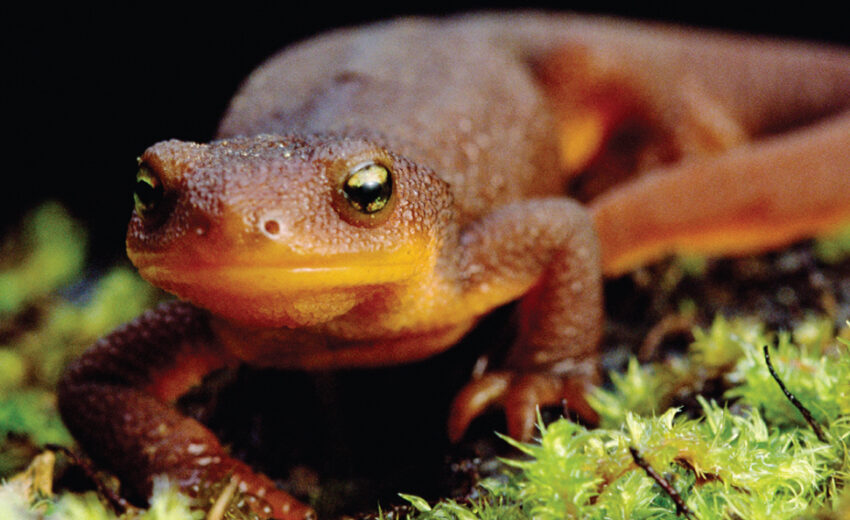The rough-skinned newt is found in coniferous forests, grasslands, woodlands, and areas near ponds, lakes, and rivers. These newts are often kept as pets and are frequently found in
- Zoology
- Daily Critter Facts
- For Teachers
- Study Guides
- Diseases & Parasites
- Contact

